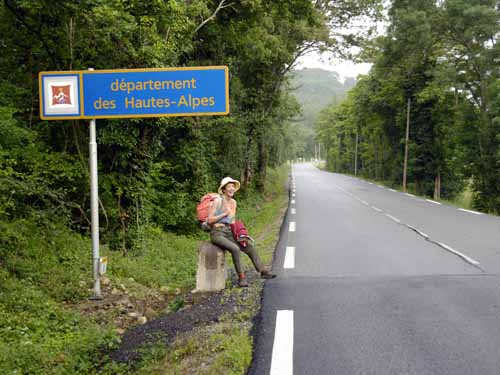The present administrative system of France is a result of the Revolution and the rule of Napoleon. Between them these two events swept away the remnants of feudal power, broke up the old provinces and replaced them with départements, mostly named after rivers.
Departments are clustered into regions and sub-divided into arrondissements, cantons and finally communes, which are the basic local government unit. There are currently 95 departments on the mainland, numbered more or less alphabetically, with Ain being number 1 and Val d’Oise 95. The city of Paris is 75, recalling its earlier name of Seine.
Nevertheless the old provincial names survive in everyday parlance: lovely history-laden names like Quercy, Périgord, Gascogne, Gévaudan, Margeride, Velay, Touraine, Béarn, Rouergue, are immediately recognisable to the modern French ear, although they have no official status.
Car registration plates previously bore the departmental number as the last two digits, which allowed the walker the amusement of trying to work out where passing cars came from. A deplorable new law, enacted in 2009, changed this arrangement and deprived travellers of this innocent pleasure.
